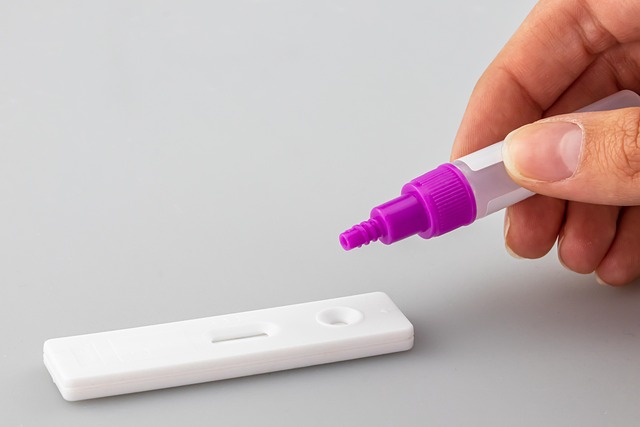In Texas, lead safety is paramount due to its unique environmental and health risks. This article guides you through essential aspects of lead management, focusing on safe disposal methods. We’ll explore the impact of lead in our state and delve into proper procedures, adhering to TX regulations. By understanding these key components, residents and businesses can contribute to a safer environment, ensuring lead waste is managed responsibly and effectively.
- Understanding Lead Safety and Its Impact in Texas
- Proper Disposal Methods for Lead Materials
- Texas Regulations and Resources for Lead Waste Management
Understanding Lead Safety and Its Impact in Texas

In Texas (TX), lead safety is a critical concern due to its widespread historical use in various industries and residential applications. Lead, once highly valued for its strength and resistance to corrosion, has been linked to severe health issues, particularly in children. The metal was commonly used in paint, plumbing, and even certain consumer goods, leaving behind remnants in older TX buildings and neighborhoods. Today, Texas residents and businesses are increasingly aware of the need for proper lead disposal methods to mitigate risks associated with this toxic substance.
Understanding the impact of lead is essential to fostering a safer environment in TX. Prolonged exposure to lead can cause developmental delays, learning disabilities, and even neurological damage in children. Adults may experience kidney damage, high blood pressure, and other serious health complications. Therefore, implementing strict lead safety measures and adhering to proper disposal protocols are crucial steps towards protecting public health and the environment in Texas.
Proper Disposal Methods for Lead Materials

Proper disposal methods are essential to ensure lead materials do not contaminate the environment in Texas. Lead is a heavy metal known for its toxic effects on both humans and ecosystems. Therefore, it’s crucial to follow guidelines for safe removal and treatment. One common method involves specialized recycling facilities that can process lead-containing items like batteries, electronics, and old paint. These facilities employ advanced technologies to extract lead, preventing it from ending up in landfills or being released into the atmosphere.
In Texas, many communities offer hazardous waste collection events where residents can drop off lead-based materials safely. Additionally, local waste management companies provide services for proper disposal, including pickup and recycling programs. It’s important to never throw lead items in regular trash bins or dump them in areas accessible to children or wildlife. Adhering to these practices helps protect public health and the environment, ensuring a cleaner and safer Texas.
Texas Regulations and Resources for Lead Waste Management

In the state of Texas (TX), proper management of lead waste is a critical aspect of environmental protection and public health, given the toxic effects of lead exposure. The Texas Commission on Environmental Quality (TCEQ) plays a pivotal role in enforcing regulations related to hazardous waste, including lead-contaminated materials. They provide comprehensive guidelines for businesses, municipalities, and individuals to ensure safe disposal practices.
One key resource offered by TCEQ is the Hazardous Waste Disposal Guide, which offers detailed information on classifying, handling, and disposing of various hazardous substances, including lead and its compounds. This guide educates stakeholders on the specific requirements for lead waste management, such as proper packaging, labeling, and transportation regulations. Additionally, the TCEQ facilitates a network of authorized treatment and disposal facilities across TX, ensuring that lead waste is handled and disposed of according to strict environmental standards.
In conclusion, lead safety and proper disposal of lead materials are paramount for protecting public health and the environment in Texas (TX). By understanding the impact of lead, implementing the right disposal methods, and leveraging TX’s regulatory resources, residents and businesses can significantly mitigate risks associated with lead waste. Adhering to these practices ensures a safer, healthier TX for current and future generations.
